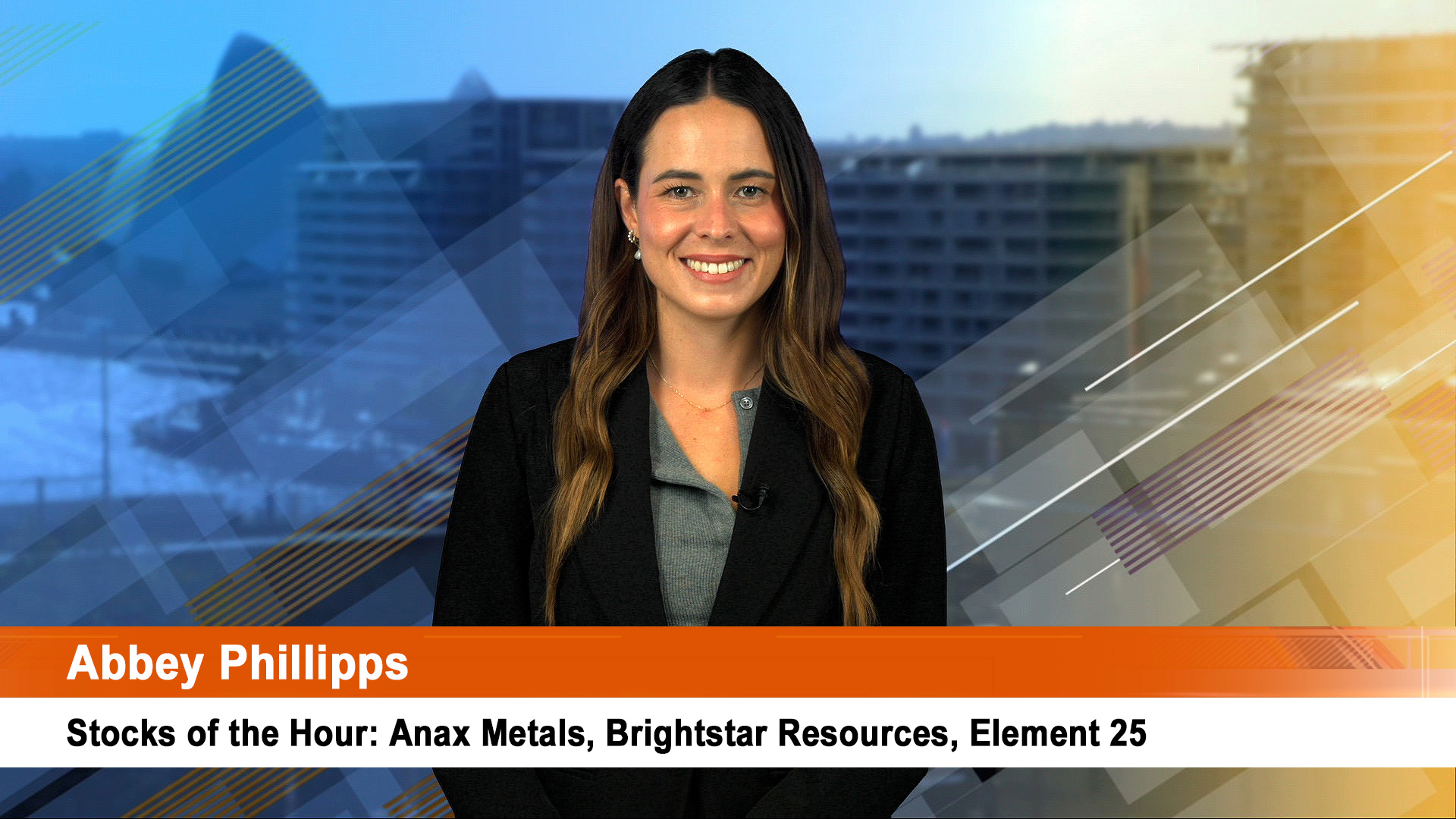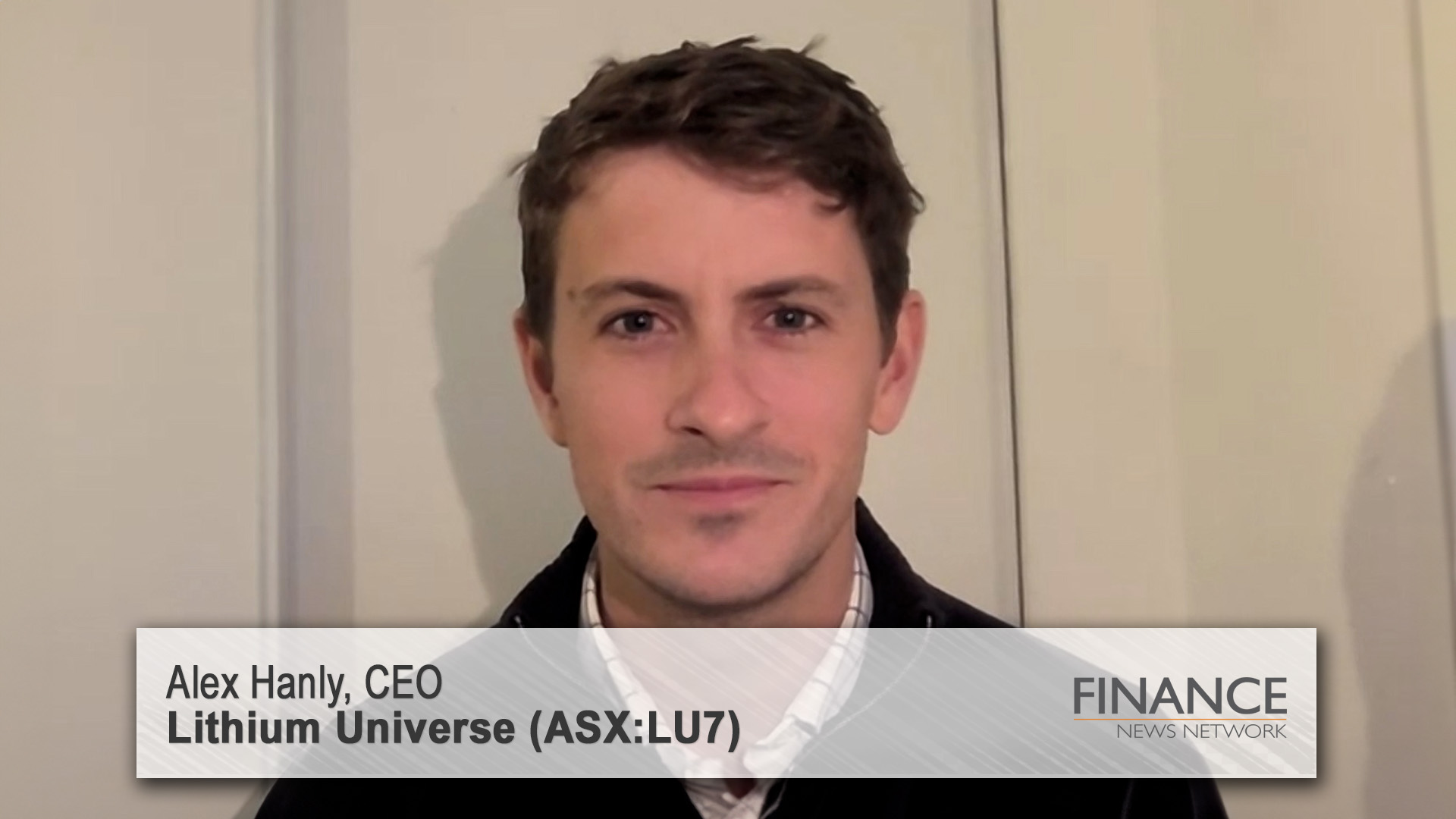China has further moved to try and rein in the overheating economy we highlighted last week with another interest rate, another increase in reserve ratios for banks and a widening of the float band for its currency.
The moves were announced on Friday night and are also seen as significant concessions to the US ahead of a key meeting later this week in Washington between the Chinese and US Governments.
In Friday’s Air Weekly we summed up the performance of the Chinese economy over the first three to four months of 2007: official figures showed investment running faster than last year, prices running ahead of official targets, economic growth well ahead of official forecasts and a stock market bubbling away in an unsustainable asset boom.
As well, the Government last week also revealed a significant loosening of official controls on overseas investments by Chinese banks.
These latest moves appeared on the Central Bank’s website on Friday evening in the now usual method of making major announcements.
Americans are complaining that China is artificially keeping the Yuan low to boost exports. It will be top of the agenda in the Washington meetings on May 23 and 24 between Chinese Vice Premier Wu Yi and US Treasury Secretary Henry Paulson.
Under the changes, the Yuan will be allowed to move as much as 0.5 per cent on either side of a rate set each morning on China’s foreign exchange market, from 0.3 per cent, the central bank said.
That’s all well in theory but the most the currency has moved over the past couple of years was 0.22 per cent on May 11. Since the fixed exchange rate was ended in July 2005, the Yuan has risen by almost 8 per cent.
China’s one-year benchmark lending rate will be raised to 6.57 per cent from 6.39 per cent from Saturday, the fourth increase since April 2006.
The one-year deposit rate will be raised to 3.06 per cent from 2.79 per cent but that’s going to have no impact at all as investors can earn that annual rate in a week on China’s domestic stockmarkets, such is the intensity of the bubble at the moment.
But illustrating the heat in the economy, both rates are the highest for more than eight years.
Even though the deposit rate was moved more than the lending rate and is now higher than the official inflation rate (which itself is rising and above the official target), it won’t be enough to have any impact until the runaway stockmarket is slowed.
China’s benchmark CSI 300 Index of stocks has soared 85 per cent this year: that’s a bubble by any definition even in an economy growing as quickly as China’s (11.1 per cent in the first quarter).
But to again illustrate the futility of the official action so far, the central bank also ordered another 0.5 per cent rise in the reserve ratios of the nation’s banks.
They must put aside 11.5 per cent of deposits from June 5, up from 11 per cent. It will be the fifth increase in bank reserve ratios this year, compared with three last year. Eight all told in around 12 months. How long can the economy run at this speed?













